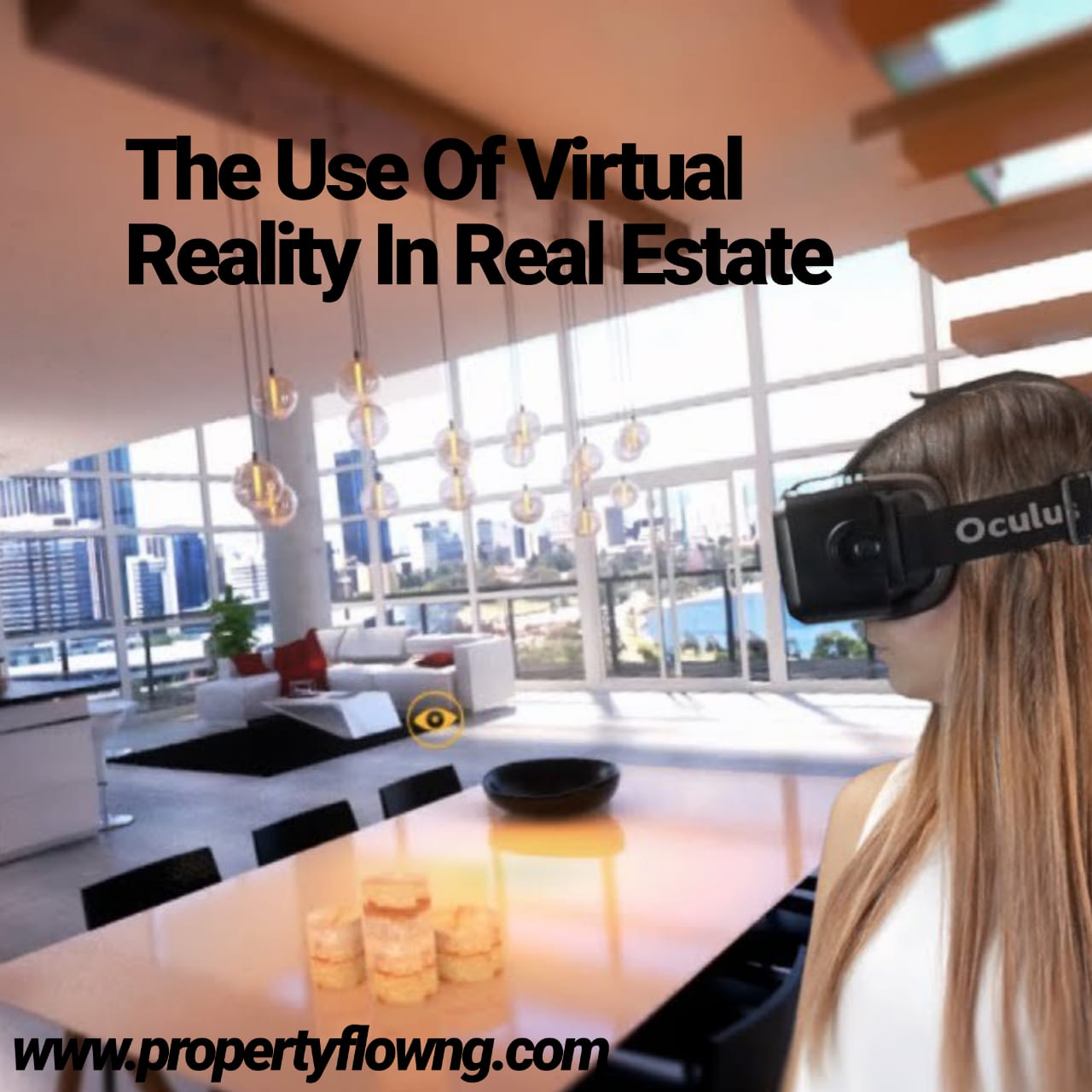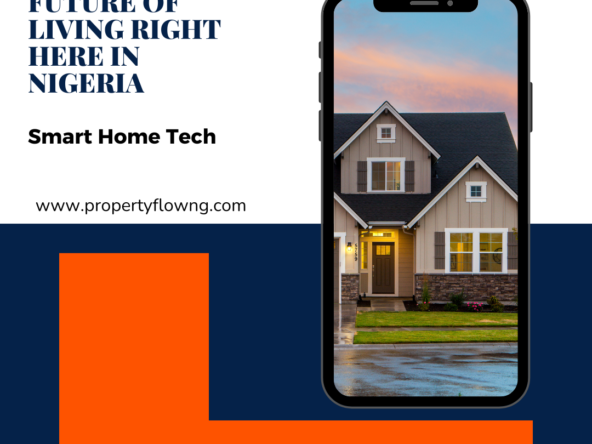The Newest technology being adapted by professionals in real estate is the use of Virtual Reality. For those who do not know what virtual reality is; it is an artificial world created using digital means. It is most times, a total replacement of the real world. It is often used to replicate real-life scenarios.
Now, to real estate. Over a long period of time, real estate agents only made use of ordinary photos to showcase and list available properties. The use of photos has a whole lot of limitations associated with them.
Here are some of them:
- Pictures don’t tell the whole story.
- Mere external pictures of properties do not give the same feel as physical inspection.
- It results in future lawsuits and disagreements through false claims of advertising.
With the market for properties doubling down with superspeed as a result of the new immigration laws, there has been a proportionate increase in the number of real estate agents and companies. With this competition is a need to actually level up and be on top of your game.
To be at the top of your game as an agent, here are four things you should keep in mind:
- Client comfort.
- Value for time and money.
- Ease of doing business.
- Accessibility and availability.
So how do you combine all of this into real estate?
Here’s where virtual reality comes in.
The Use Of Virtual Tours.
Virtual tours explore the use of existing locations often composed of videos or still images or other forms of photographic media and various multimedia effects such as sound, texts, voice-overs, narrations and music created through accurate simulation to be used or explored by a client remotely.
What does this do?
It helps clients to take charge of their decision making as it affords them the luxury of virtually visiting a location and fully experiencing the environment in an immersive way without being physically present. This is made easy by using quality 360° Photos and 360° Panorama.
If you still haven’t gotten a picture of how this works, think of the following software you’ve used in the past.
- Encarta dictionary features for certain cultural sites or locations,
- Google maps’ use of interactive 360° virtual tour technology
- 360° virtual video games where walk around during missions e.g.Call of Duty, Pokemon Go. You can easily switch to different views while playing these games. You also have the luxury of magnification.
A Game-changer:
Savvy Real estate firms and agents have found a way to move past physical restrictions adopting the same strategy as these game developers, which has resulted in the huge conversion of potential clients.
As rosy as all of this sounds, there are some checks and balances to be put in place in order to effectively adapt its use.
For quality check, the virtual tour must have the following properties:
- Intuitive, interactive and must replicate the client’s actual experience if they had visited the house physically.
- Full control of navigation by the viewer.
- Use of actual footage and imagery of home.
- Ease of accessibility on web platforms.
- Very high standard of image or video qualities in terms of resolution and clear lightning.
- Excellent user interaction, experience, and interphase.
- Responsive on various devices e.g. smartphones and laptops.
So what software can you make use of to create your own virtual tours?
These are the benefits you get when you make use of Virtual Tours.
- It increases your list of potential buyers.
- Facilitates client’s decision making.
- Automation.
- Saves time and money.
- Increased ROI.
- Immediate feedback.
- Cost effective.
Though cons like initial complexity and Data Privacy concern exist just like every other form of technology, Virtual Reality has come to stay and it is beginning to gain a huge traction amongst major stakeholders in real estate.



